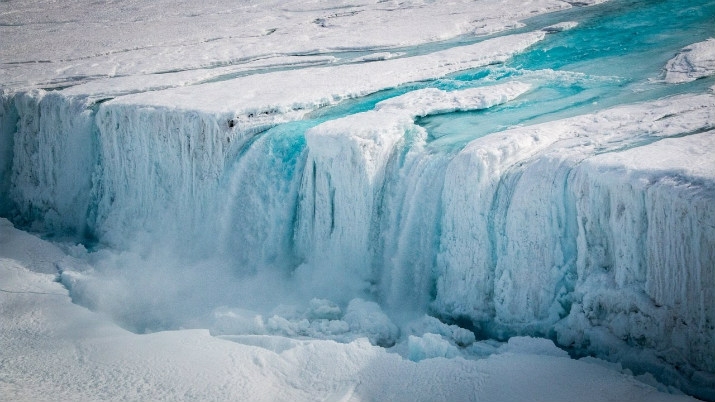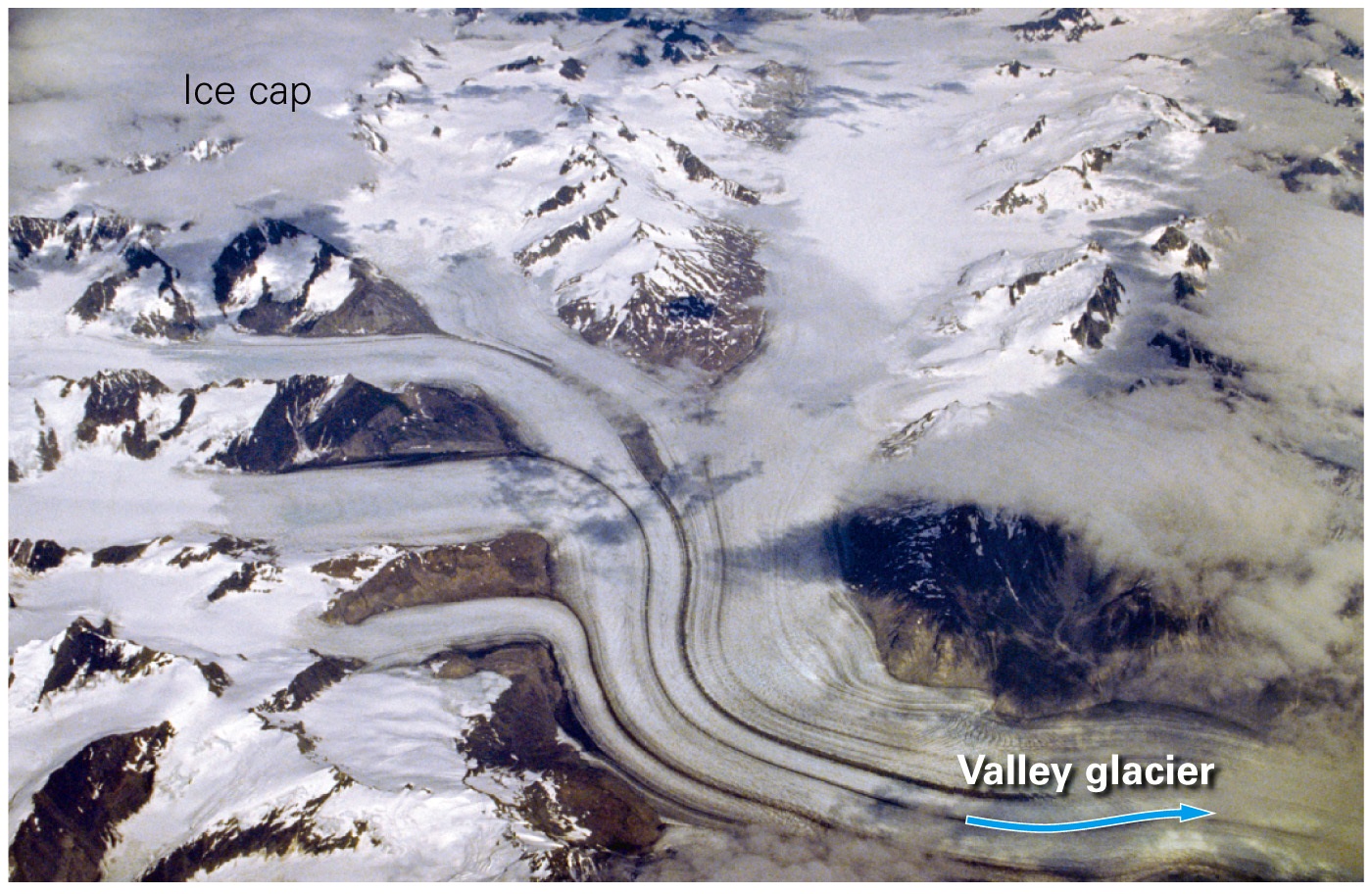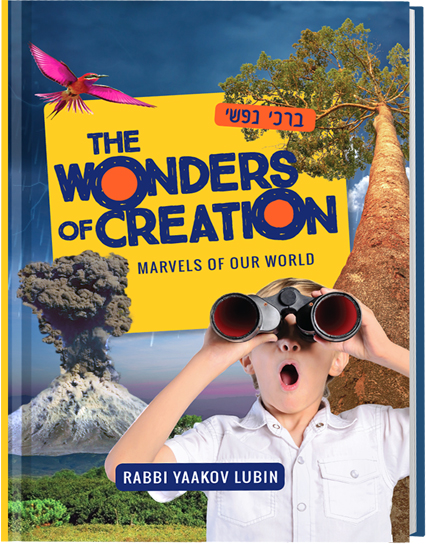MOUNTAINS OF ICE

Sometimes you just have to marvel at how Hashem thought of everything when He made our world. Think about how much water is around during the winter when it rains. All the plants and animals have fresh water in abundance during this time, but what happens in the summer when the heat of the sun has dried up all the rain and the rivers and lakes that were once overflowing begin to dwindle?
To ensure His creatures get the fresh water they need, Hashem stores huge amounts of fresh water every year in His big freezer in the form of snow and glaciers. Glaciers are solid blocks of ice that form in places where not all of the snow melts in the summer. Each year more and more snow piles up and its weight pushes down on the snow underneath it turning it into solid ice. In the summer, Hashem defrosts His freezer a bit and the melted water from snow and glaciers flows into and replenishes many of the important rivers and lakes of our world.


In addition to filling up rivers, glaciers are amongst the most impressive features of our planet. They are huge and the biggest ones can be over a thousand miles long and a mile thick. Despite their monstrous size, glaciers are constantly on the move, often by sliding over a thin film of water that forms at their bottom. While they aren’t known for their remarkable speed, usually a few hundred meters per year, the way they shape the land they pass over is extraordinary. Because of their enormous size and weight, they can totally change the features of the land they travel over by grinding and crushing rocks of all shapes and sizes. It happens sometimes that big chunks of glaciers fall off into the ocean. They look like floating mountains of ice which is why they were named Icebergs which means ice mountain in Dutch (ijsberg).
Icebergs can be hundreds of miles long and over two thousand feet tall but only a small fraction of that is seen above the water. Because of the time they spent on land tearing apart and picking up rocks, icebergs are able to help microscopic plants and algae by providing them with the iron they need to grow. Just like we need vitamins, so do the creatures of the sea and melting icebergs bring iron to them far away from land where it is not commonly found. Icebergs should not be confused with sea ice which forms in the open ocean near the north and south poles when the surface water freezes over. In addition to providing a home and hunting ground for animals like polar bears, seals, walruses and penguins, the sea ice is also used to help sea creatures in an amazing way!


When the sea ice forms, the salt from the seawater doesn’t freeze with the ice and falls out underneath it. The increased salt makes the water heavier and sinks to the bottom of the ocean. When sinking water hits the bottom of the sea, it replaces the water that was previously there and forces it up to the surface. This process brings nutrients that were at the bottom of the ocean up to the sea surface where it helps the ocean’s food chain flourish.
So the next time you are eating fish, in addition to thanking Hashem for the yummy food, you can remember how He provides for the needs of every living thing in truly wondrous ways.
Article taken from "Barchi Nafshi, The Wonders of Creation"

